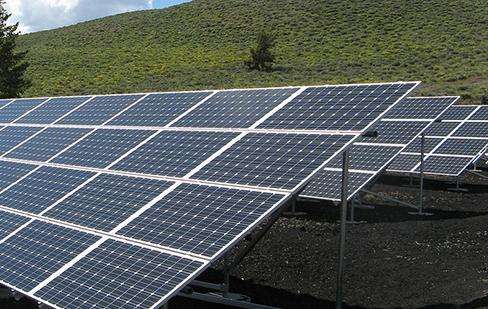From an input perspective, electricity production from biomass is significantly lower than photovoltaic energy production. In terms of electricity generation capacity alone, coal power currently ranks first, followed by nuclear power and wind power, followed by biomass power generation and carbon dioxide production. solar energy. Photovoltaic power generation is greatly affected by natural conditions, and the saving problem has not been well solved. Assuming that solar cells are used, a large number of solar cells and panels put into operation will sooner or later have to face this stage. harmless treatment, otherwise they will be a new source of waste pollution! Electricity generation from biomass is relatively loose. First of all, it has many forms of electricity generation, mainlygasification and carbonization. It is consistent with or even better than the concept of clean coal combustion technology currently being promoted, especially biomass carbonization technology. The product can be directly Traditional coal-fired electric furnaces use electricity to generate electricity. This alone can save a lot of modification costs. This is a very superior transitional technology and can also be used in more advanced coal gasification furnaces in the future. Raw materials come from a wide range of sources and by-products (for electricity generation, crops are like "by-products") have high added value, and aggregate use can bring more benefits. It seems that the risk is much lower than that of photovoltaic energy production.
What are the prospects for biomass energy production and photovoltaic energy production in China?
Introduction What are the prospects for biomass energy production and photovoltaic energy production in China? From an investment point of view, electricity production from biomass is significantly lower than photovoltaic energy production. In terms of electricity gen














